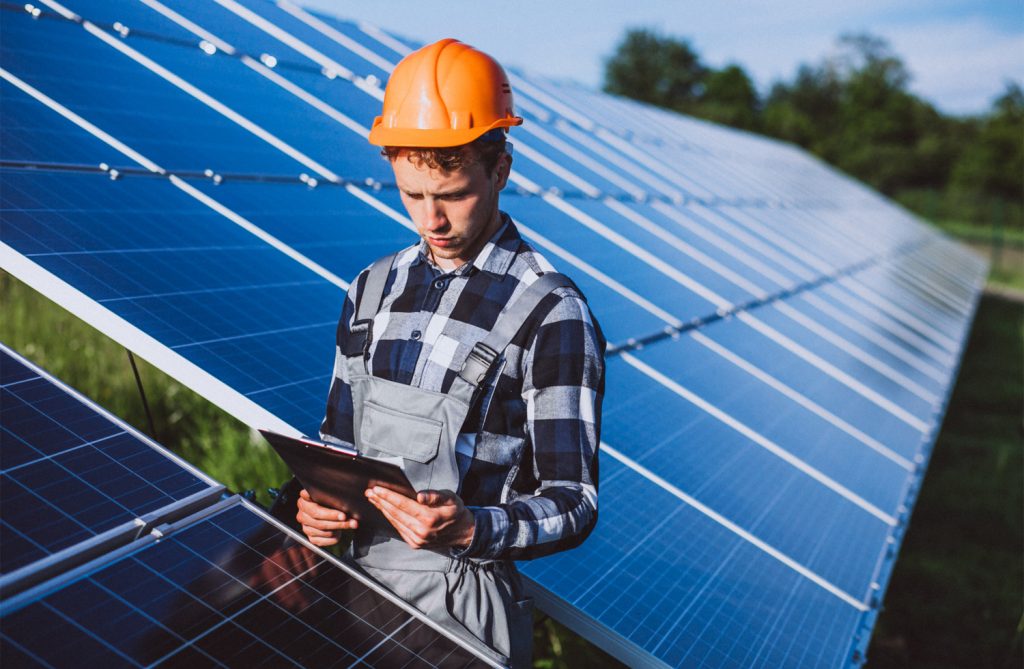Investing in solar panels for home or business can feel like a big step. With the rising cost of energy and the growing need for sustainable solutions, many Australians are looking into solar energy. But is it really worth the investment? We have broken down solar panel costs, savings, and benefits of going solar in this guide.
Understanding Solar Panel Costs
The solar panel cost can vary widely. Factors like the size of the system, type of panels, installation costs, and location all play a part. Here’s a rough breakdown of what you might expect to pay in Australia:
Initial Costs
- Solar Panels: The panels themselves can cost between $2,500 to $10,000 depending on the size of the system (typically 3kW to 10kW).
- Inverters: Inverters convert the DC electricity generated by the panels into AC electricity for home use. They usually cost between $1,000 to $2,500.
- Installation: Professional installation can add another $2,000 to $5,000 to your total cost.
- Other Components: Additional costs can include mounting equipment, batteries (if opting for energy storage), and any upgrades to your current electrical system.
Total Upfront Cost
Considering all these factors, a complete solar panel system in Australia can range from $6,000 to $17,000. While this may seem like a hefty sum, it’s important to think about the long-term savings and benefits.
Note that the cost varies for different solar brands and system sizes. Learn more about popular solar panel brands and their cost in our comprehensive guide.
Government Incentives and Rebates
Australia offers several incentives to reduce the cost of solar panel installation. The main schemes include:
- Small-scale Technology Certificates (STCs): These can save you a few thousand dollars on your solar system.
- Feed-in Tariffs: These pay you for excess electricity your system generates and sends back to the grid.
These incentives can significantly lower your initial costs, making solar panels more affordable.
Long-Term Savings
Once you’ve installed your solar panels, the savings begin. Here’s how you can save money in the long run:
Reduced Electricity Bills
Solar panels generate electricity from sunlight, which means you can significantly reduce your reliance on the grid. The amount you save depends on your system size, energy usage, and sunlight exposure. On average, Australian households can save between $1,000 to $2,000 per year on electricity bills.
Energy Independence
With solar panels, you’re less affected by rising electricity prices. As energy costs continue to climb, your solar panels help shield you from these increases.
Selling Excess Energy
If your system generates more electricity than you use, you can sell the excess back to the grid. This can further offset your initial investment and increase your savings.
Return on Investment (ROI)
The return on investment for solar panels is an important consideration. Here’s a simplified way to look at it:
- Payback Period: This is the time it takes for your energy savings to cover the initial cost of your solar system. In Australia, the average payback period is between 3 to 7 years.
- Lifespan of Solar Panels: Most solar panels come with a 25-year warranty. This means you’ll have 18 to 22 years of savings after the payback period.
Over the lifespan of your solar system, you can potentially save tens of thousands of dollars. For many, this makes the upfront cost a worthwhile investment.
Environmental Benefits
While financial savings are a major factor, it’s also important to consider the environmental benefits of solar panels.
Reducing Carbon Footprint
Solar panels produce clean, renewable energy. By using solar power, you reduce your reliance on fossil fuels and lower your carbon footprint. An average Australian home can offset around 1.5 to 2 tonnes of CO2 per year by switching to solar energy.
Sustainable Future
Investing in solar panels contributes to a sustainable future. It helps reduce greenhouse gas emissions and promotes the use of renewable energy sources.
Factors to Consider
Before deciding to invest in solar panels, consider these factors:
Your Energy Usage
Evaluate your household’s energy consumption. Larger systems generate more electricity but also cost more. It’s important to match the system size to your energy needs.
Roof Condition and Orientation
Your roof should be in good condition and ideally face north to capture the maximum amount of sunlight. Shaded roofs may not be suitable for solar panels.
Financing Options
If the upfront cost is a concern, look into financing options. Many companies offer solar loans or leasing arrangements to help spread out the cost.
Conclusion
So, is investing in solar panels worth it? For most Australian households, the answer is a resounding yes. The initial cost can be offset by government incentives and long-term savings on electricity bills. Additionally, the environmental benefits make solar panels a smart choice for a sustainable future.
By carefully considering your energy needs, roof suitability, and financing options, you can make an informed decision about going solar. Over time, the investment not only pays for itself but also contributes to a cleaner, greener planet. Get in touch with a reputed installer like Solar National for proper guidance and the best market quote on home solar panel systems.


